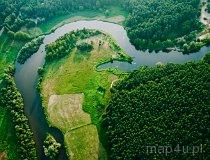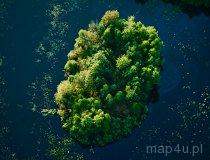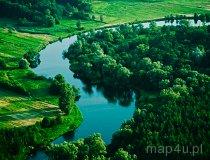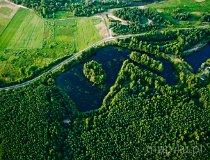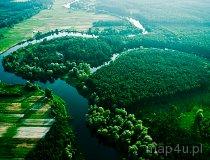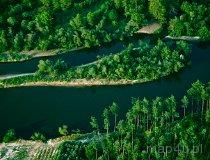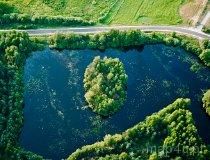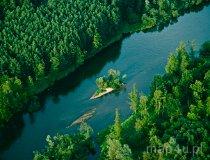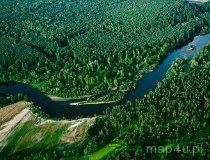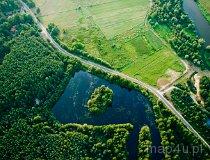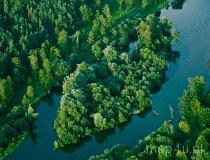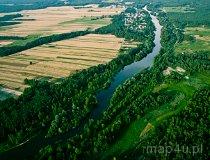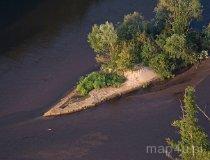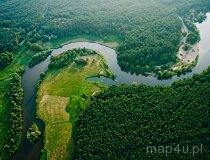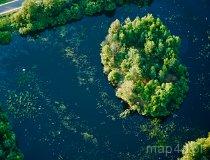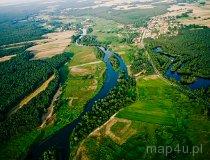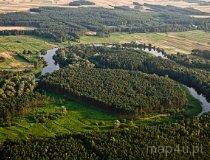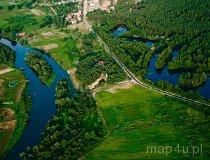logo
Załęczański Park Krajobrazowy
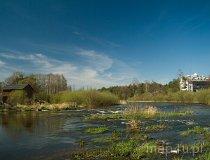
Powierzchnia: 14 860 ha
Description
The Załęcze Landscape Park was established on the 5th of January 1978 as one of the first landscape parks in Poland. The park covers the area of 14750 ha and its protection zone, the so-called buffer zone, covers 12010 ha of land. Large part of the park (over 65 % of its area) lies within the borders of the Wieluń District, but some parts are in the Opole and Silesian Voivodeship. It is the northernmost park in the system of Jurassic landscape parks. It was created to protect the Jurassic landscape of the Wieluń Upland, as well as the picturesque section of the River Warta, considered the most beautiful and biologically diverse part of the river. The wild natural channel of the river crosses the park and creates the so-called Great Bend of the Warta, where the river flows through gorges in deep (30-60 m) valley.
The area was incorporated in the European Ecological Network “ Natura 2000” to protect 13 kinds of habitats, over 100 plant communities with interesting calcicole species, many of which have mountain features, and 8 species of vertebrates.
Especially important for the nature in the Załęcze Landscape Park is the geological structure. The limestone substratum was formed in the Jurassic period (around 190-140 billion years ago) of organic remains of marine animals (ammonites, sponges, snails, sea urchins). As a result of tectonic movements the marine deposits were folded, cut with faults and pushed toward the surface. The carbonate rocks, affected by rainwater containing carbon dioxide and changing climatic conditions, were chemically eroded.
Thus, the characteristic karst landscape, including limestone monadnocks, such as St Genevieve’s Mountain (200 m above the sea level), caves and karst springs such as Dark Blue Springs (Granatowe Źródła) or St Florian’s Spring, wells and craters were formed. The karst processes in the park are still taking place, which is shown by dripstones in the caves.
In the area of the Załęcze Landscape Park 39 species of vascular plants are protected. 25 of them are strictly protected. Moreover, 30 plant species, which are rare in the country or in the region, have mountain features or grow on the borders of their geographical range (for example calcicole jovibarba sobolifera, known as “rolling hen and chicks,” or mountain garlic), were discovered in the park. The diversity of biotypes in the park influences the abundance of the fauna living there. 16 protected species of invertebrates and some species of lithophilous fish dying in other regions, such as common barbel, common nase and European chub, can be found in the park. The fish found good conditions for spawning there. The park is one of the most valuable known winter habitats of bats in the country, because the mammals have perfect conditions for hibernation in the caves. When the yearly winter counting of bats in the caves is finished, the total number is around two thousand. There are three dominant species: Natterer’s bat, greater mouse-eared bat and western barbastelle. Bechstein’s bats and pond bats also can be found in the park, although they are not numerous. Pond bat is an endangered species and it is in the Polish Red Book of Animals.
In the park within the borders of the Wieluń District there is an environmental use area Wronia Woda and twelve natural monuments (including three inanimate monuments: St Genevieve’s Mountain, Dark Blue Springs and St Florian’s Spring). In the part of the park outside the borders of the Wieluń District, there are three nature reserves: geological reserve Węże protecting the limestone monadnock Mount Zelce, the northernmost element of the landscape of Polish Jurassic Highland with the system of ten karst caves; and the forest reserves - Dąbrowa in Niżankowice and the strict reserve Bukowa Góra. In the buffer zone of the park, outside the district borders, there are also two nature reserves: the geological reserve Szachownica (protecting the limestone hill Krzemienna Góra and a system of cave corridors) and the forest reserve Stawiska. Additional value of the park is its cultural landscape including many archaeological sites (such as burial mounds in Przywóz) and traditional country buildings: mills and shrines.
Form of legal protection
The landscape park is a protected area because of its biological, historical, cultural and landscape values. It was established to preserve those values and provide sustainable conditions for their development (as defined in the Act of 16 April 2004 on the nature protection).
Object location
The Łódź, Opole and Silesian Voivodeships.
The Wieluń Upland.
Access by the district roads 42 and 43.
Sources, links
1. Mokras-Grabowska, J. and P. Rzeńca. Województwo Łódzkie – Przewodnik Turystyczny. Łódź: ROTWŁ, 2007;
2. The Załęcze Landscape Park, nature tourism map, 1:50 000, The Administration of Sieradz Landscape Parks;
4. www.dspk.pl;
Owner, manager
The Administration of Sieradz Landscape Parks
98-200 Sieradz
ul. Rycerska 2A
telephone/fax number: 43 822 62 20
e-mail: dspk@onet.pl


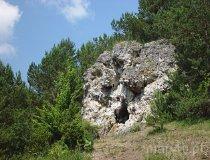
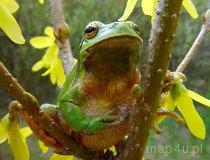
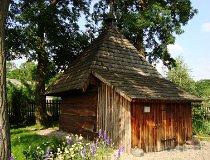
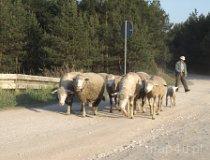
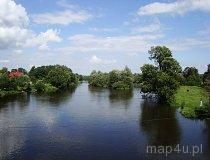
.jpg)
.jpg)
.jpg)
.jpg)
.jpg)
.jpg)
.jpg)
